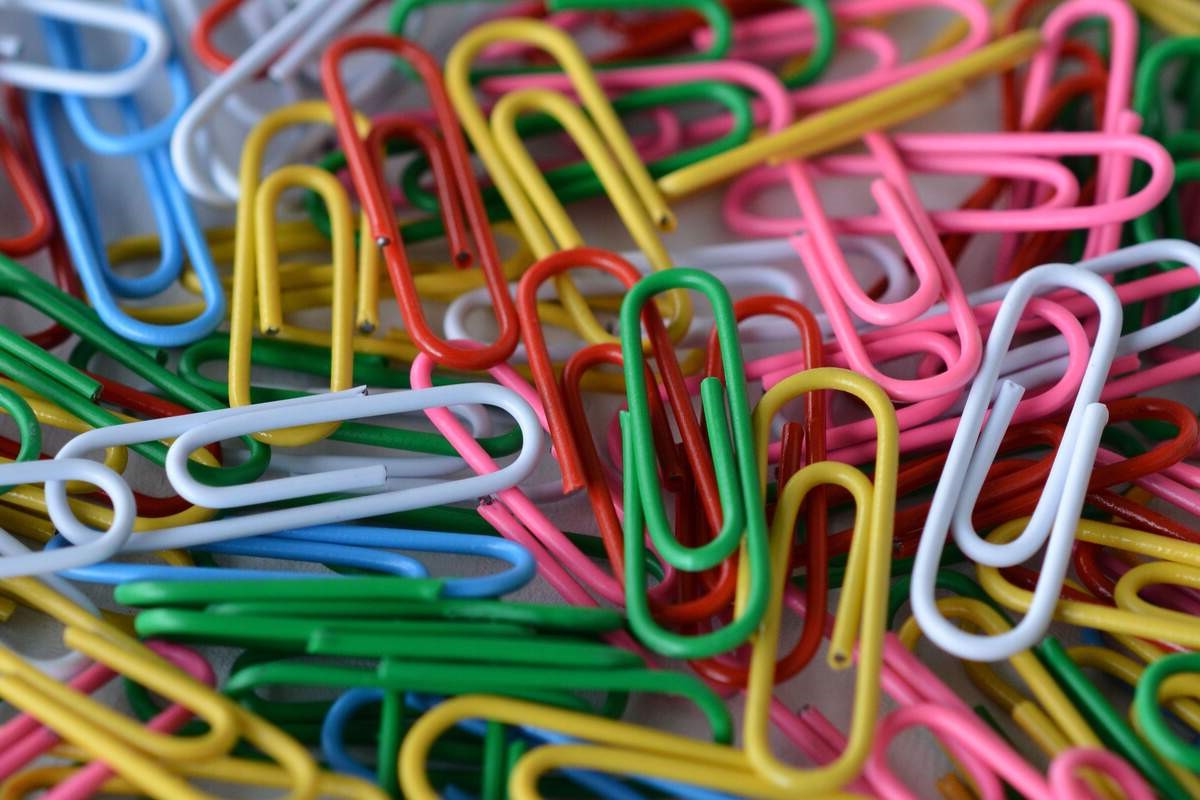
Ever wondered why National Paperclip Day on May 29th gets its own spot on the calendar? Well, who wouldn't be curious about a day dedicated to a small piece of bent wire that keeps our papers in check? This quirky celebration is more than just a nod to office supplies; it's a tribute to innovation, design, and the seemingly mundane objects that play pivotal roles in our daily lives. From its surprising origins to its role in historical events, paperclips are not just for keeping your documents together. They're symbols of simplicity and efficiency. So, grab your favorite paperclip – be it plastic-coated, colored, or the classic silver – and let's unravel some fascinating facts about this unassuming hero of the office drawer. Ready to get clipped in?
Key Takeaways:
- National Paperclip Day celebrates the small but mighty paperclip, reminding us to appreciate innovation in even the smallest forms and the versatility of this everyday tool.
- Paperclips have a rich history, from their surprising uses to their impact on education and the environment. They continue to evolve and remain relevant in the digital age.
What is National Paperclip Day?
National Paperclip Day, celebrated on May 29th, is a day dedicated to appreciating the small but mighty paperclip. This simple invention keeps our papers organized and our ideas together. Despite its modest size, the paperclip has a rich history and has become an indispensable tool in offices, schools, and homes around the world.
The Origin of the Paperclip
- The paperclip was invented in the early 1890s by Norwegian inventor Johan Vaaler. Although his design was quite different from the modern paperclip we use today, it laid the foundation for future innovations.
Why Celebrate National Paperclip Day?
- Celebrating National Paperclip Day reminds us of the importance of innovation, even in the smallest forms. It's a day to appreciate the little things that make daily tasks easier and more efficient.
Surprising Uses of Paperclips
- Beyond just holding papers together, paperclips can be used as makeshift zipper pulls, SIM card ejectors, and even to help put on bracelets. Their versatility goes far beyond what meets the eye.
The Evolution of the Paperclip Design
- The design of the paperclip has evolved over time. The most recognized shape today, the Gem clip, was patented in 1899, not by Vaaler, but by William Middlebrook of Waterbury, Connecticut.
Paperclips in Pop Culture
-
Paperclips have made their mark in pop culture, including being used as a symbol of resistance during World War II. Norwegians wore paperclips on their lapels as a silent protest against Nazi occupation.
-
In modern times, paperclips have been the subject of viral challenges and experiments, such as trading a single paperclip up to an item of substantial value.
The Significance of the Paperclip in Education
- In education, paperclips serve not just as a tool for organization. Teachers use them in creative ways for classroom activities, including science experiments and art projects.
How to Celebrate National Paperclip Day
-
Celebrating can be as simple as learning more about the history of the paperclip or as creative as engaging in DIY projects using paperclips.
-
Offices and schools might organize paperclip art contests or challenges to create the longest paperclip chain.
The Environmental Impact of Paperclips
- Despite their small size, paperclips are made of metal, which is a finite resource. Recycling and reusing paperclips can contribute to reducing waste and conserving resources.
Paperclips Around the World
- The paperclip is recognized and used globally, showcasing its universal appeal and functionality. Different cultures have even developed unique uses and designs.
The Future of the Paperclip
-
With the digital age, the use of paperclips has declined, but they remain relevant in many areas. Innovations in design and materials continue to ensure the paperclip's place in both the physical and digital world.
-
Biodegradable and eco-friendly paperclips are being developed to reduce environmental impact, ensuring that this small tool has a big future ahead.
Fun Facts about Paperclips
-
The largest paperclip sculpture is located in Kipling, Saskatchewan, Canada, standing at nearly 15 feet tall and weighing over 1,100 pounds.
-
The record for the most paperclips linked together in a chain in 24 hours is 1,114,298, a testament to the paperclip's enduring appeal and versatility.
A Final Nod to National Paperclip Day
National Paperclip Day, celebrated on May 29th, is more than just a nod to a simple office tool. It's a day that honors innovation, simplicity, and the profound impact of small inventions on our daily lives. From its origins as a humble paper binder to becoming a symbol of resistance during World War II, the paperclip's journey is a testament to human creativity and resilience. This day encourages us to look at the ordinary objects around us with newfound appreciation and to remember that even the smallest innovations can have a significant impact. So, next time you see a paperclip, remember it's not just for keeping your papers together—it's a symbol of ingenuity and history that deserves its special day of recognition.
Frequently Asked Questions
Was this page helpful?
Our commitment to delivering trustworthy and engaging content is at the heart of what we do. Each fact on our site is contributed by real users like you, bringing a wealth of diverse insights and information. To ensure the highest standards of accuracy and reliability, our dedicated editors meticulously review each submission. This process guarantees that the facts we share are not only fascinating but also credible. Trust in our commitment to quality and authenticity as you explore and learn with us.
